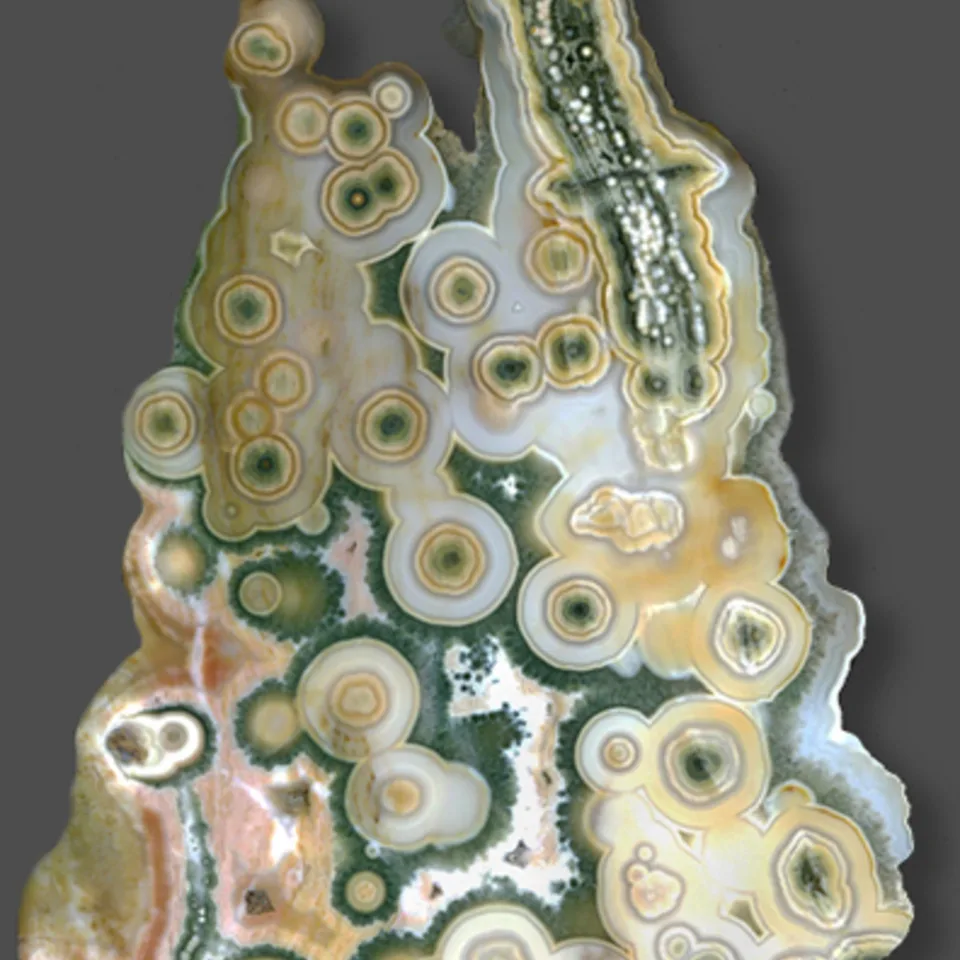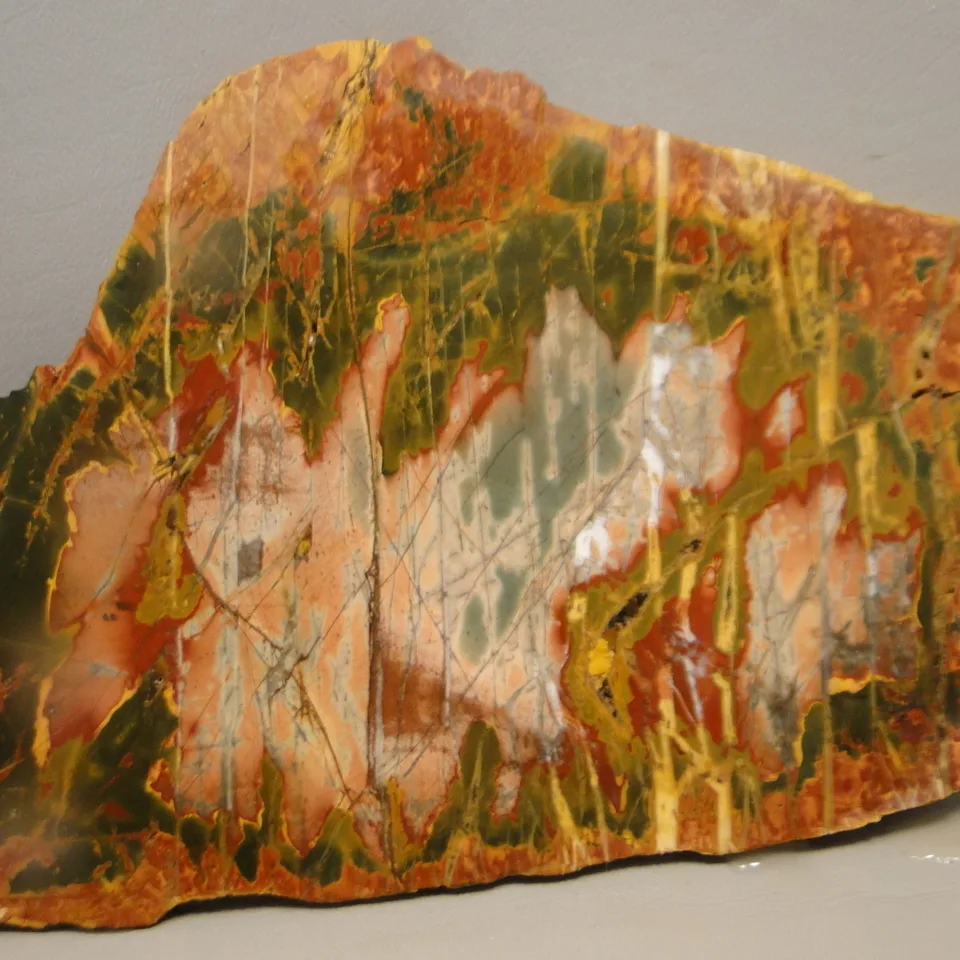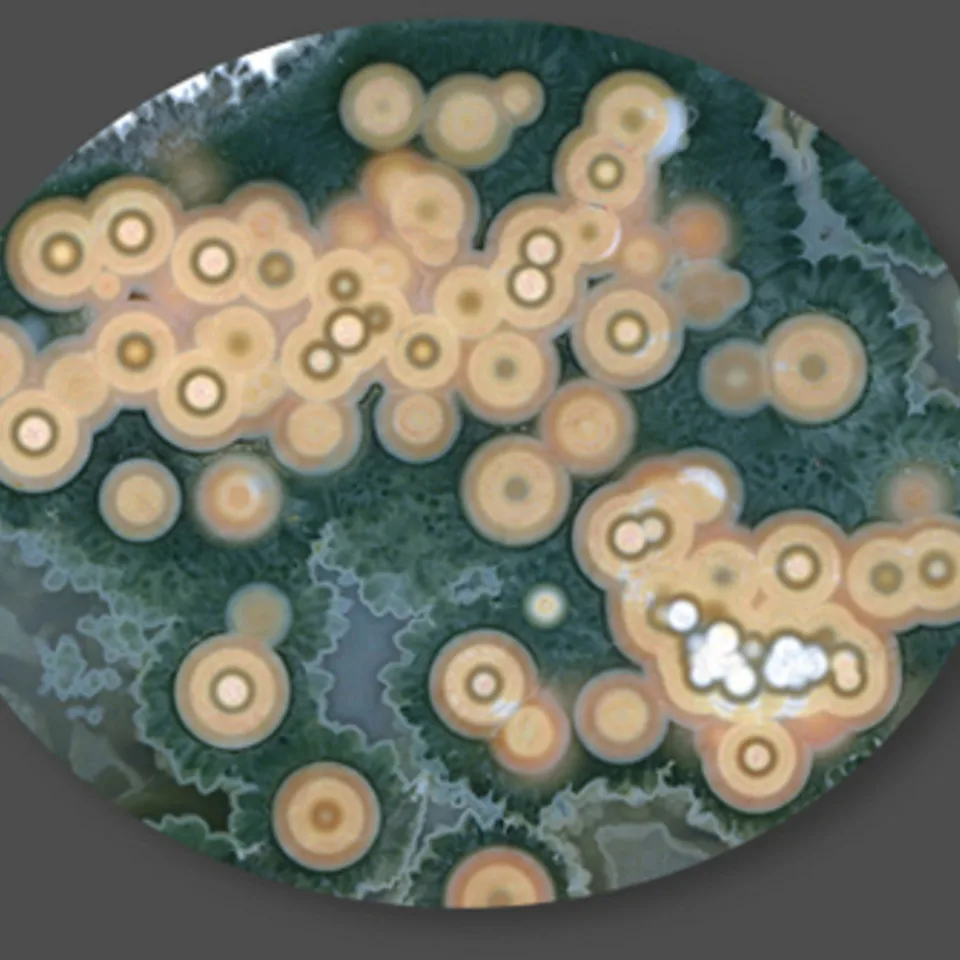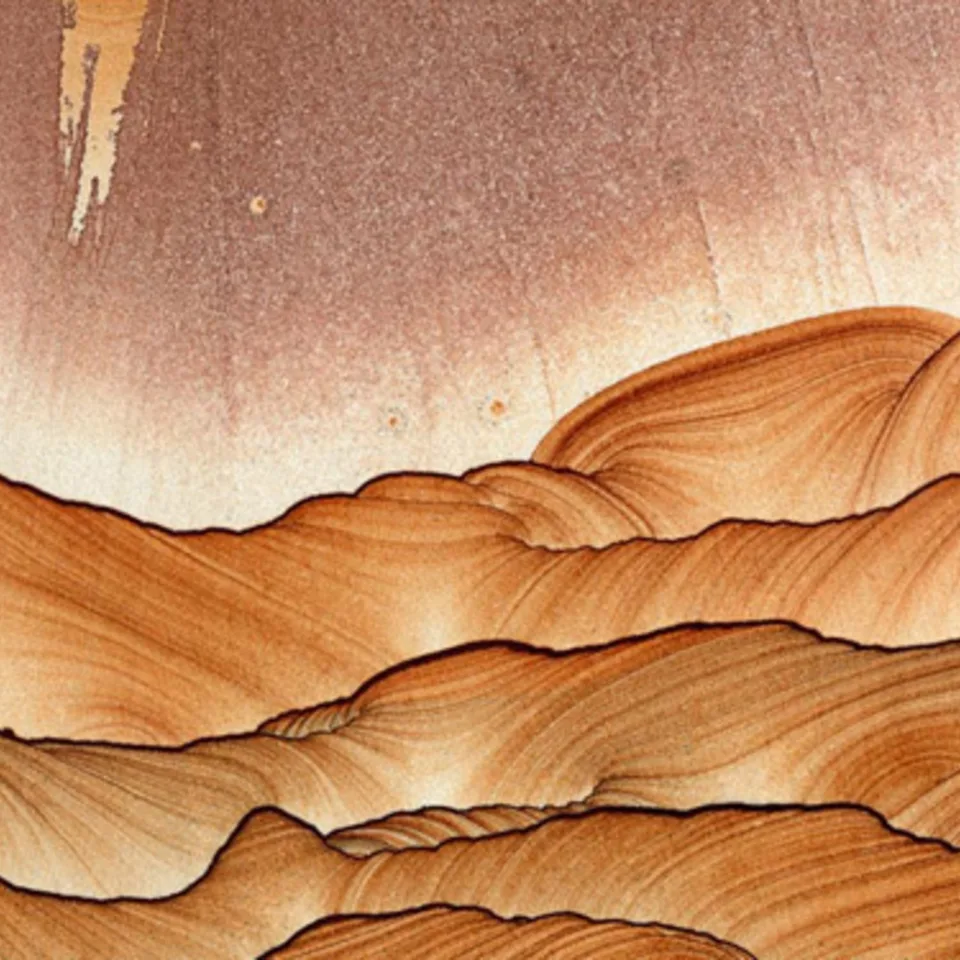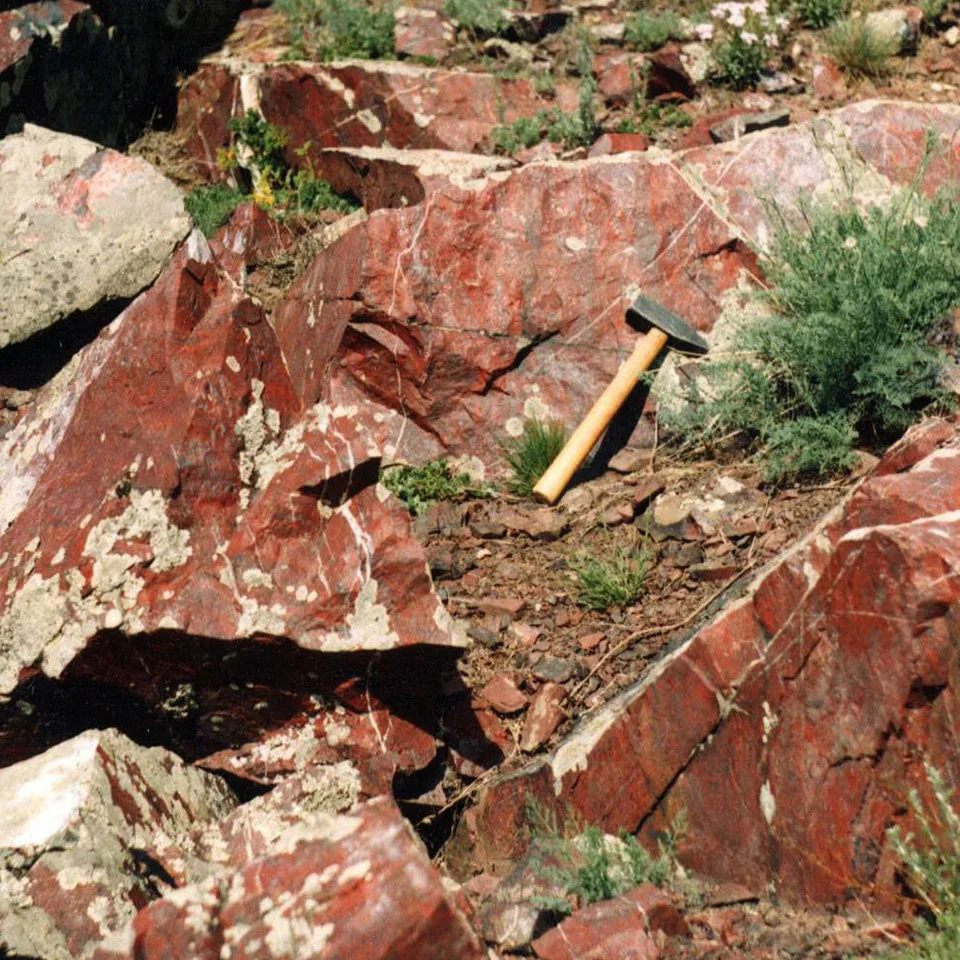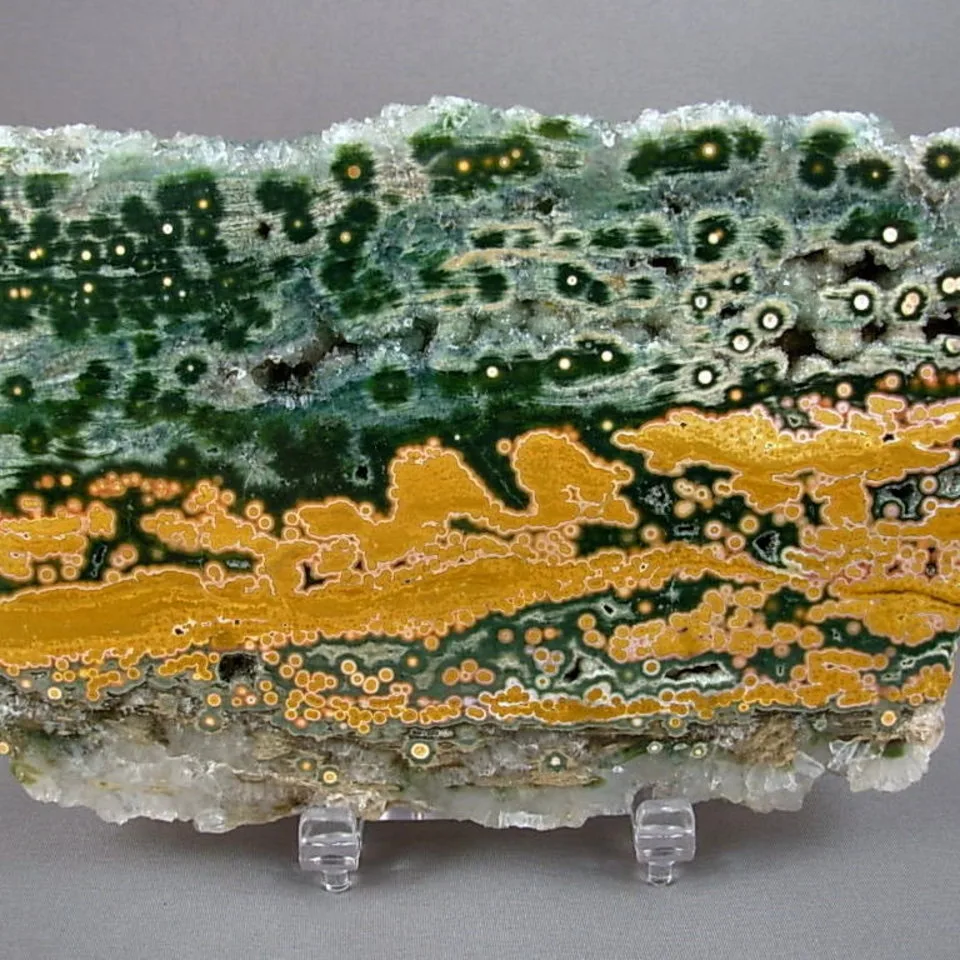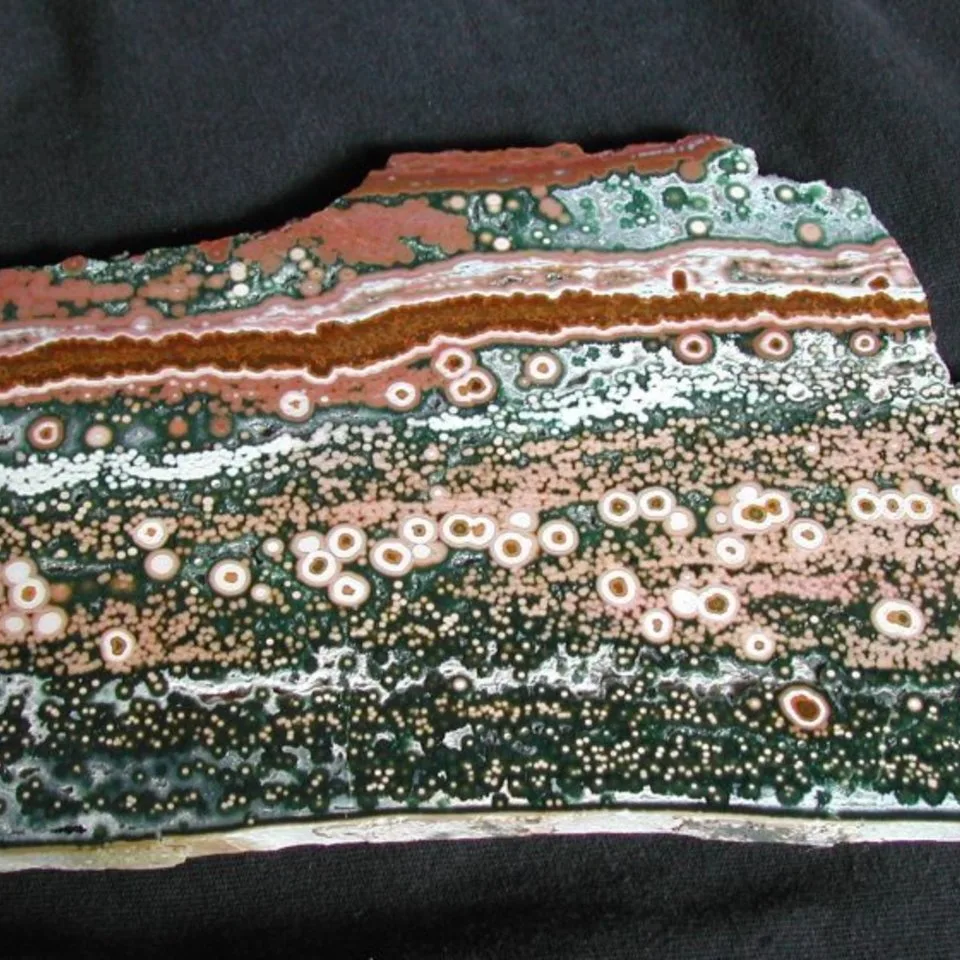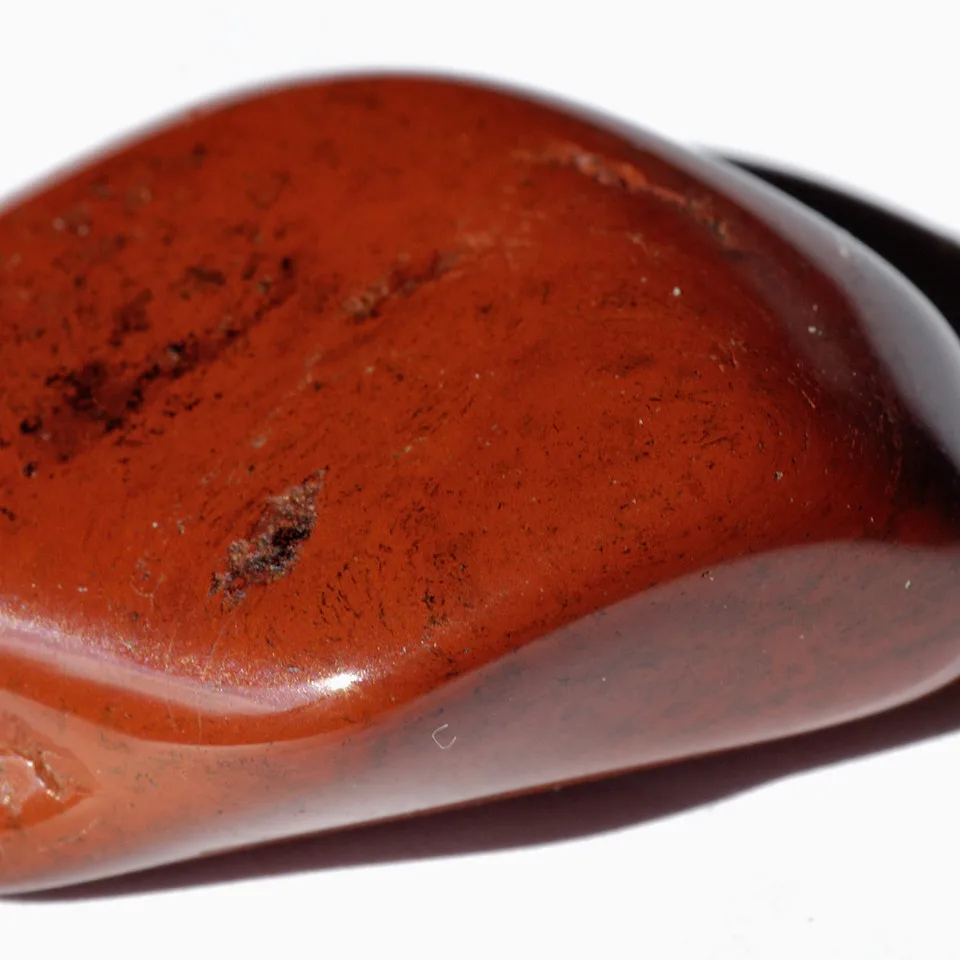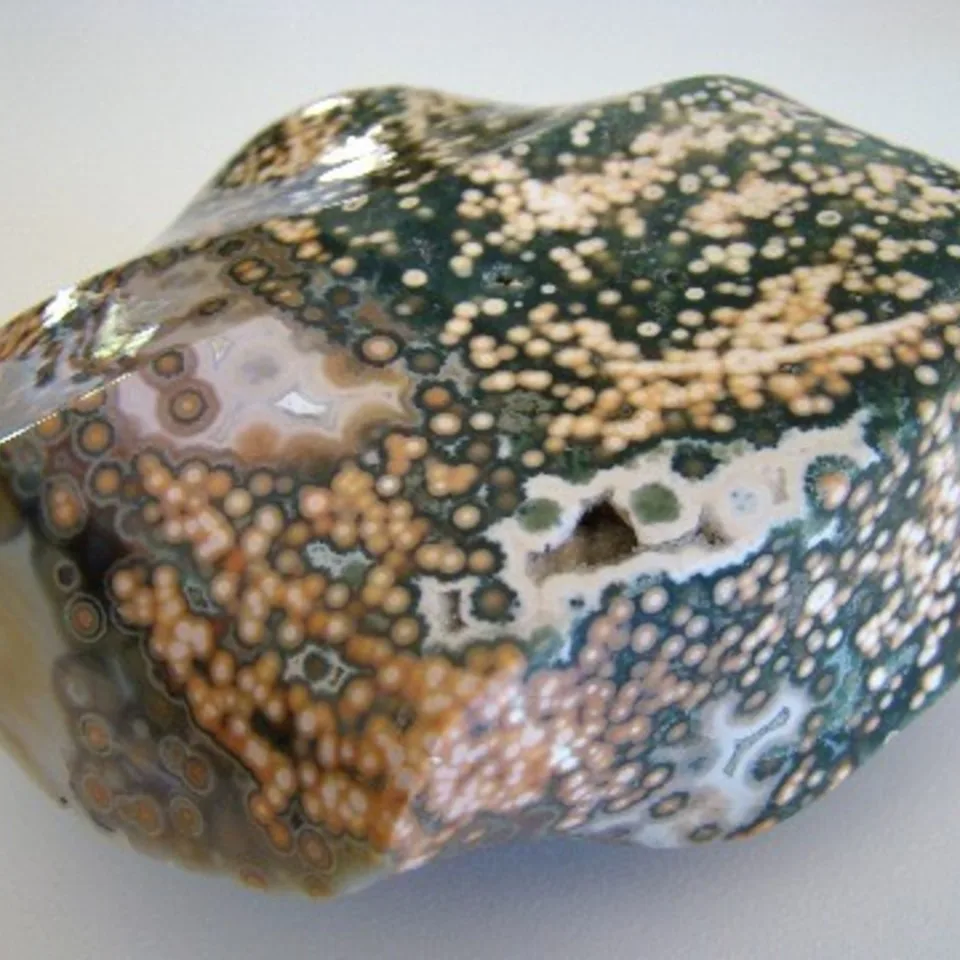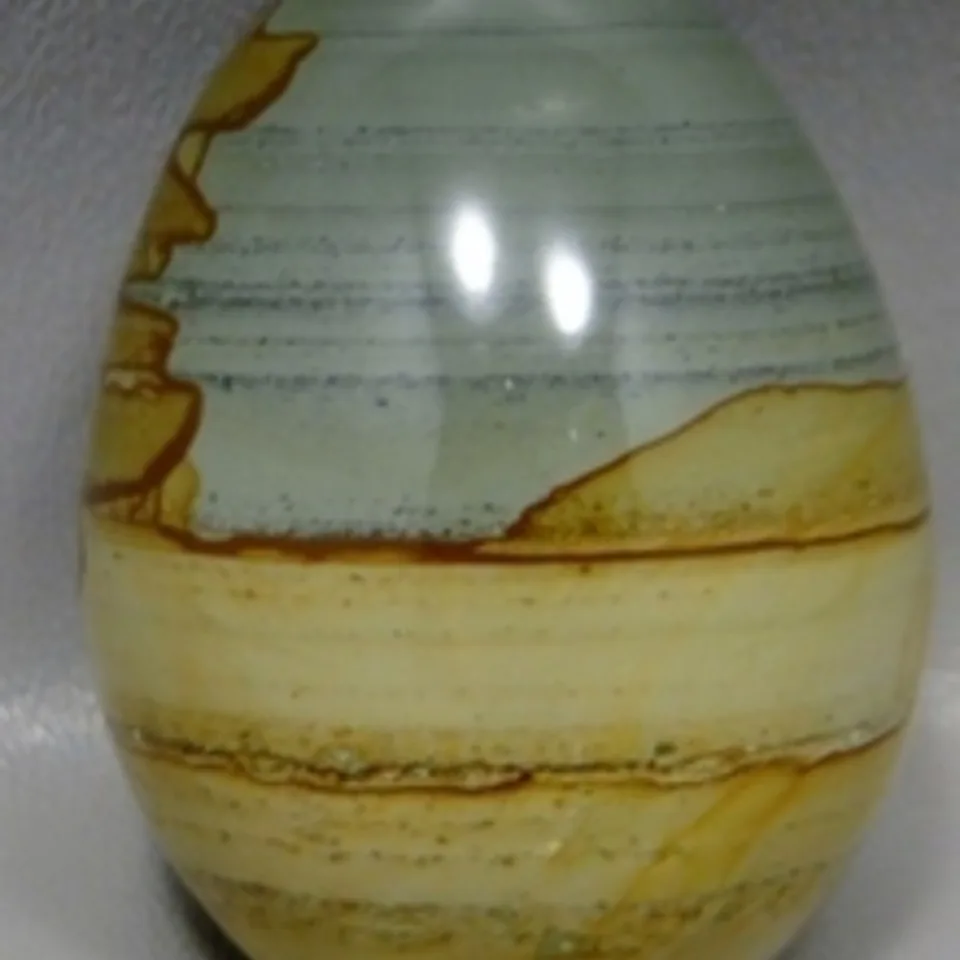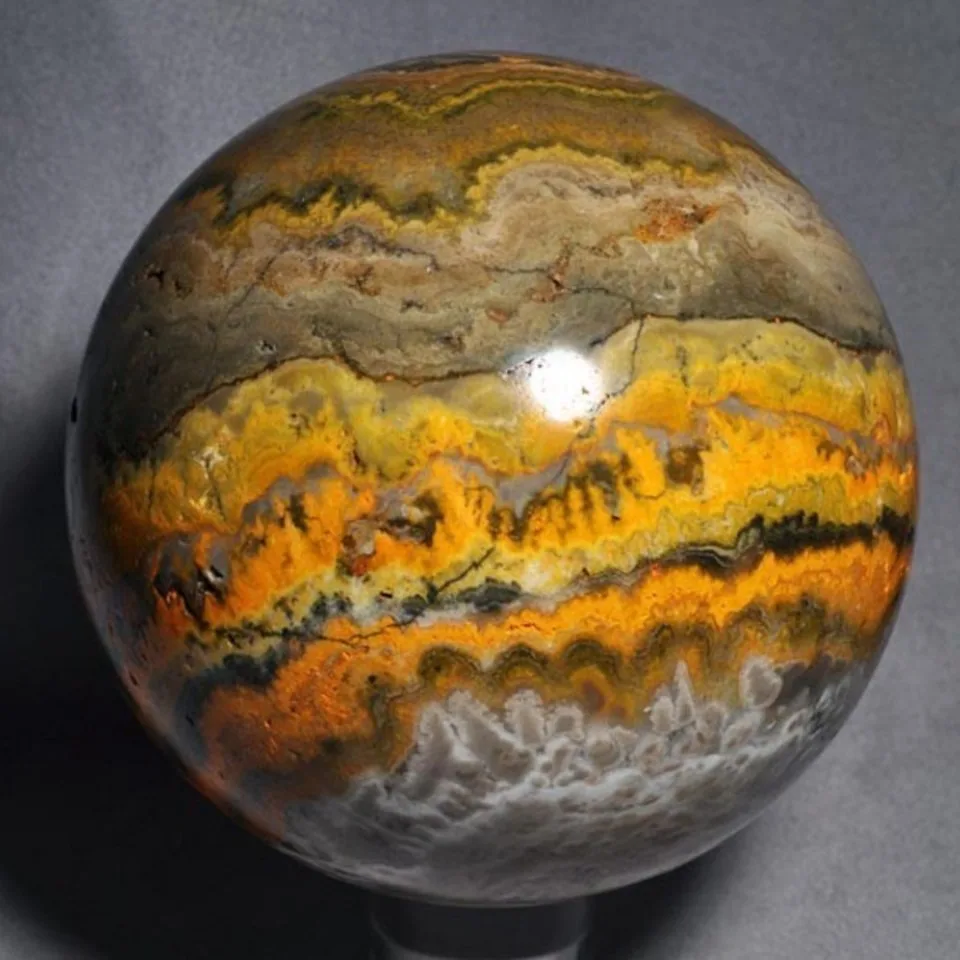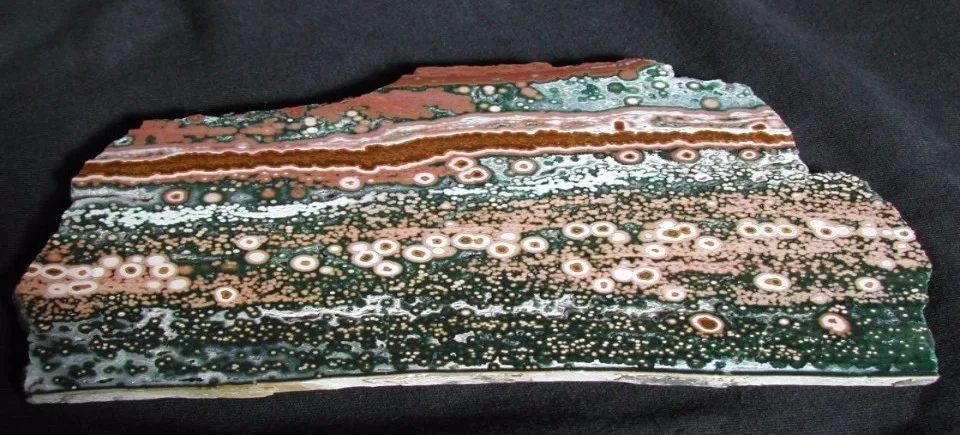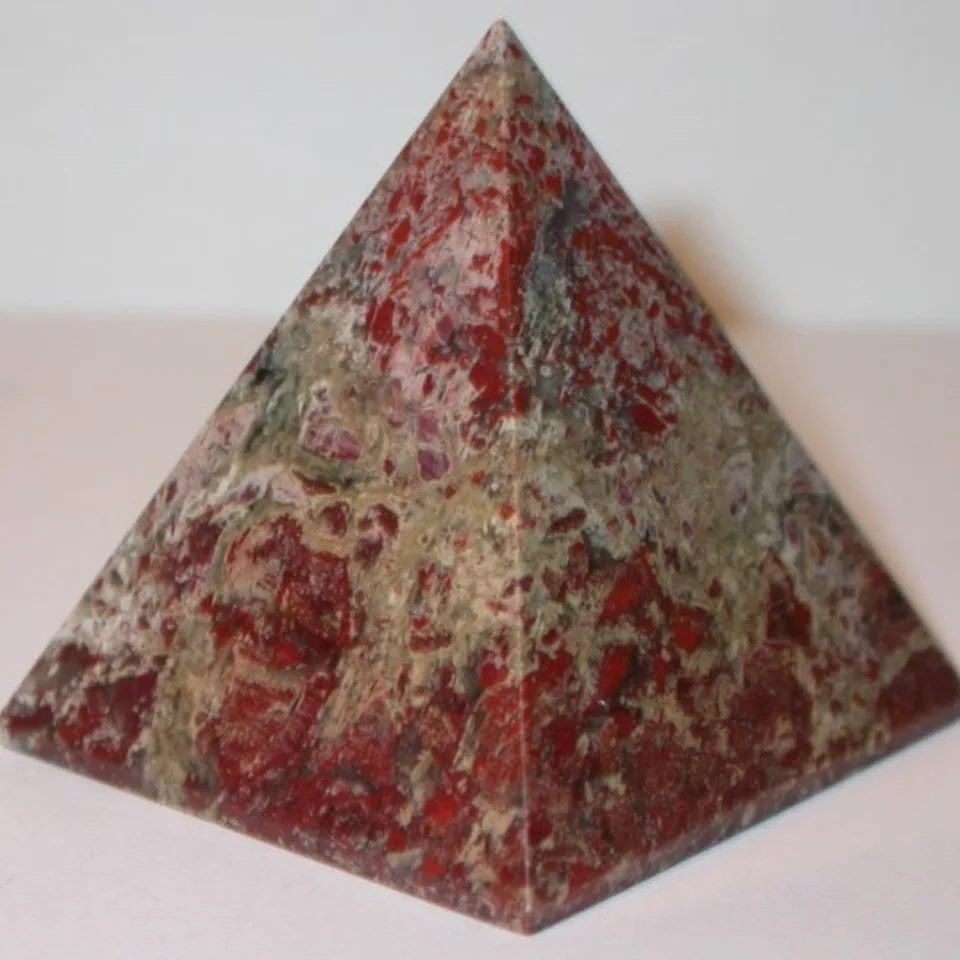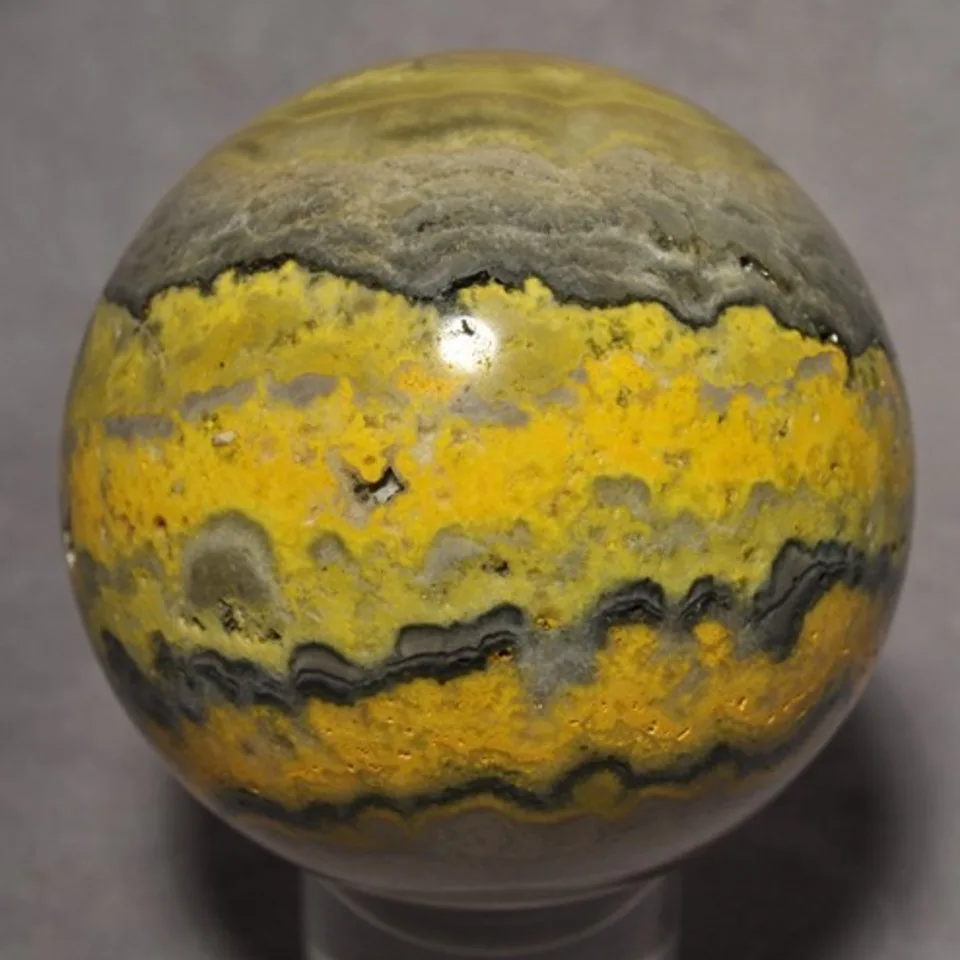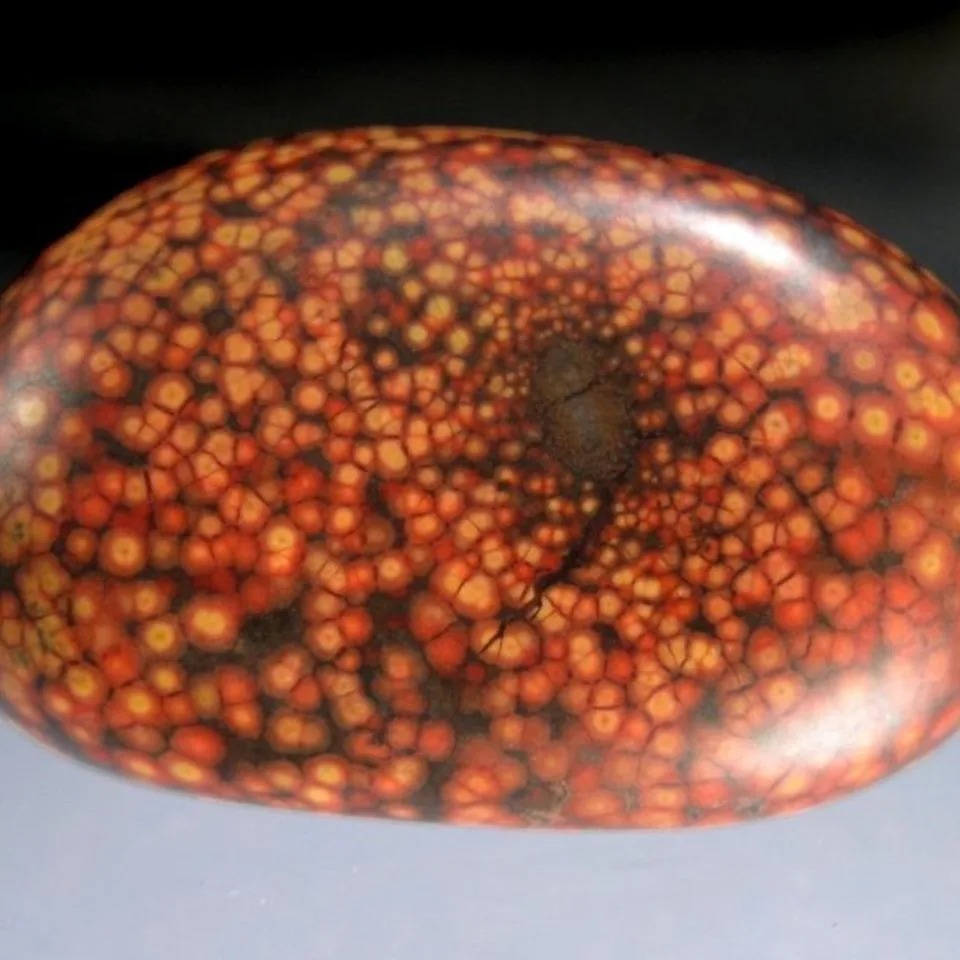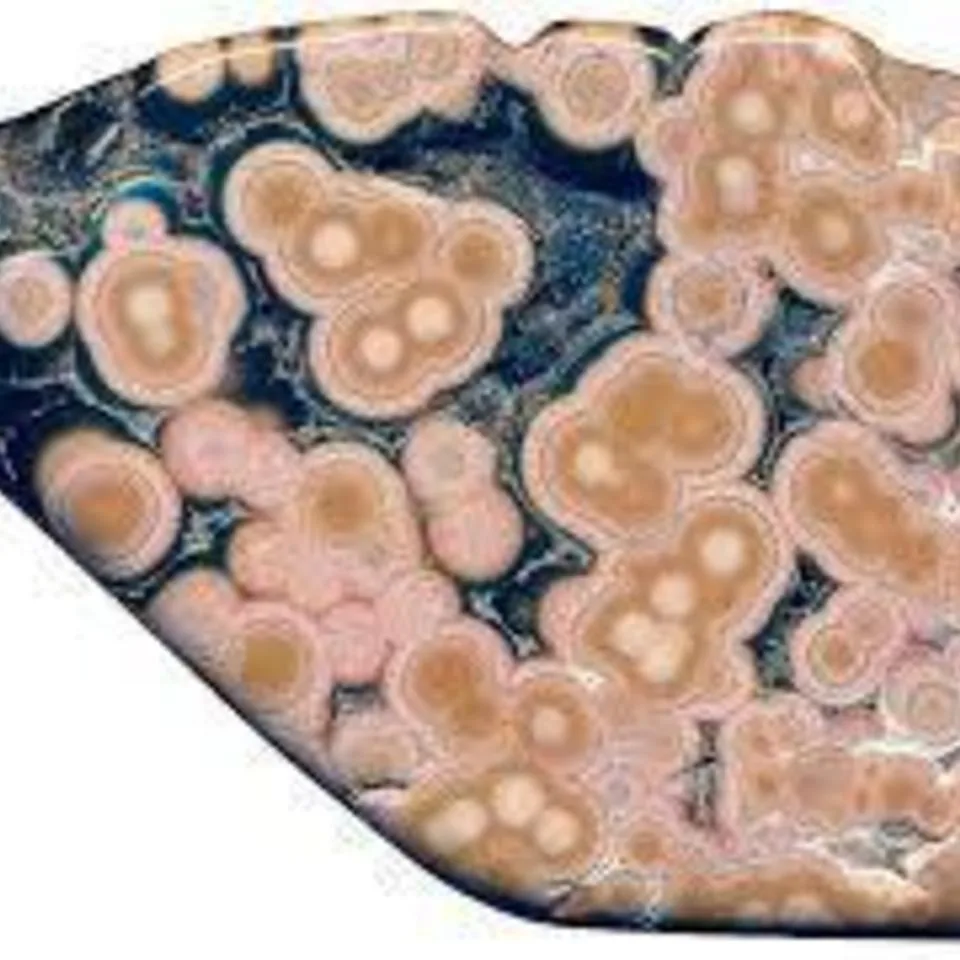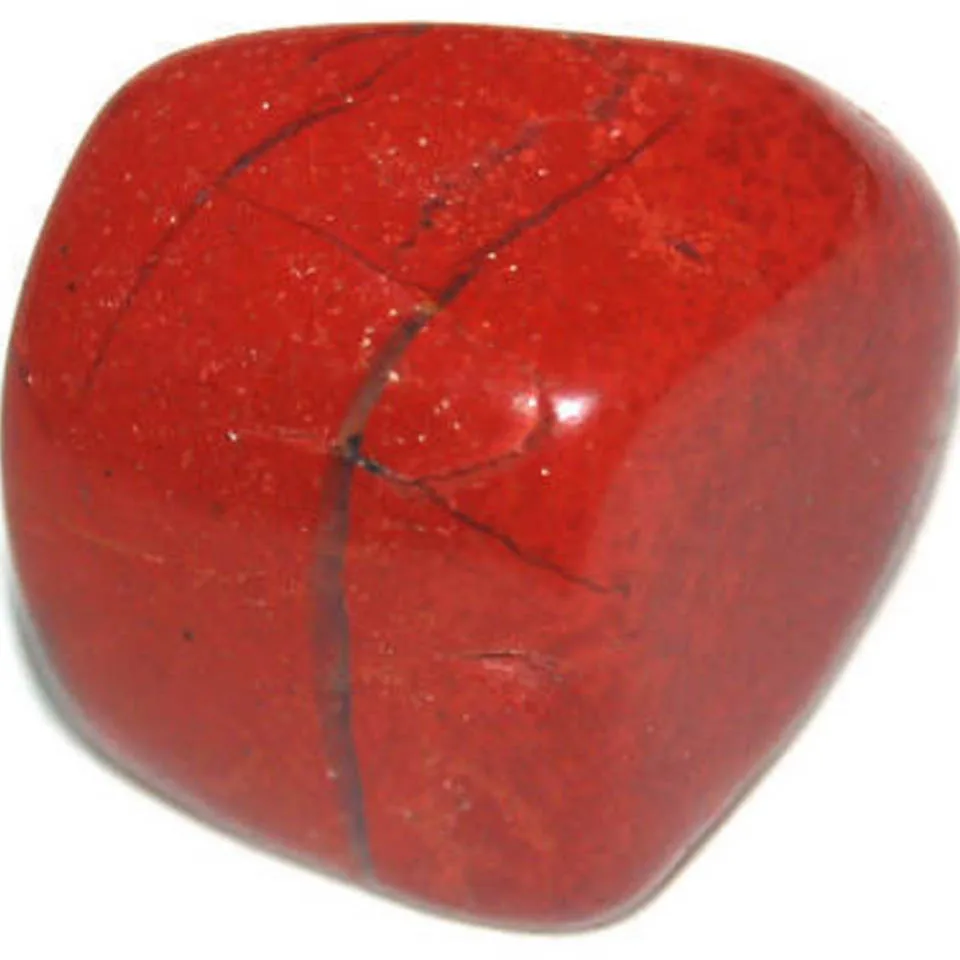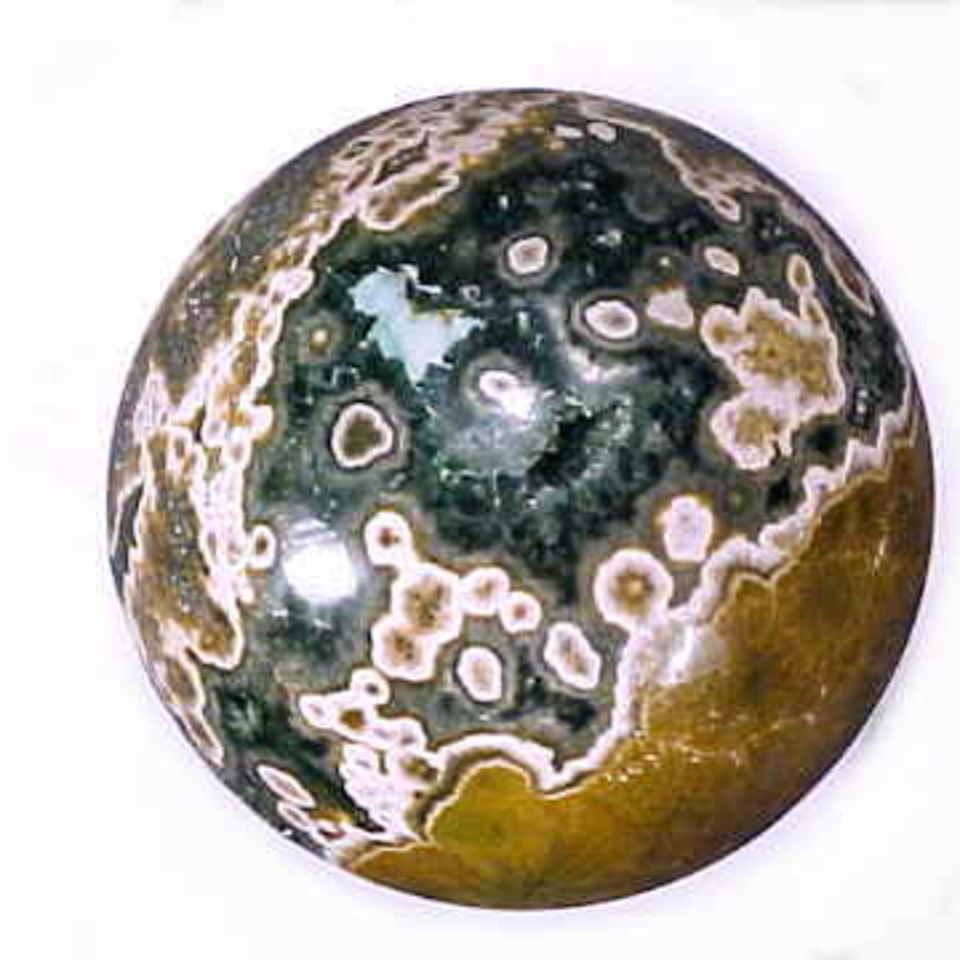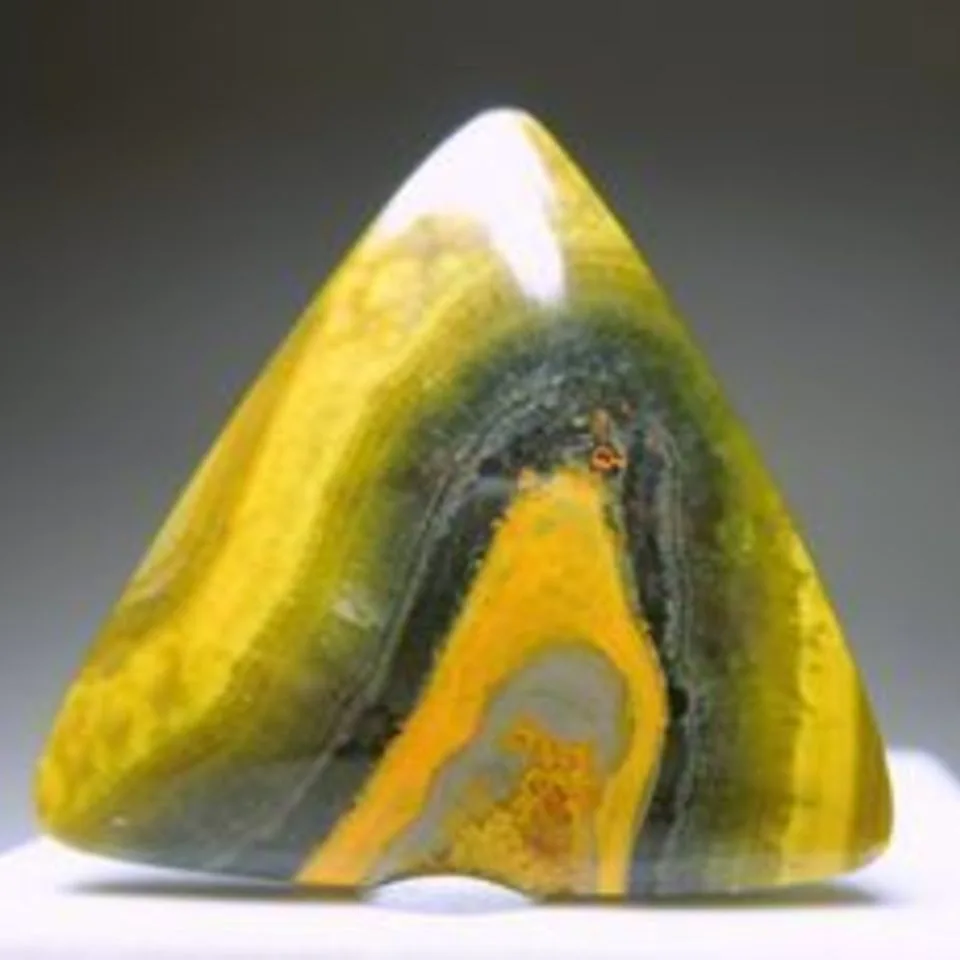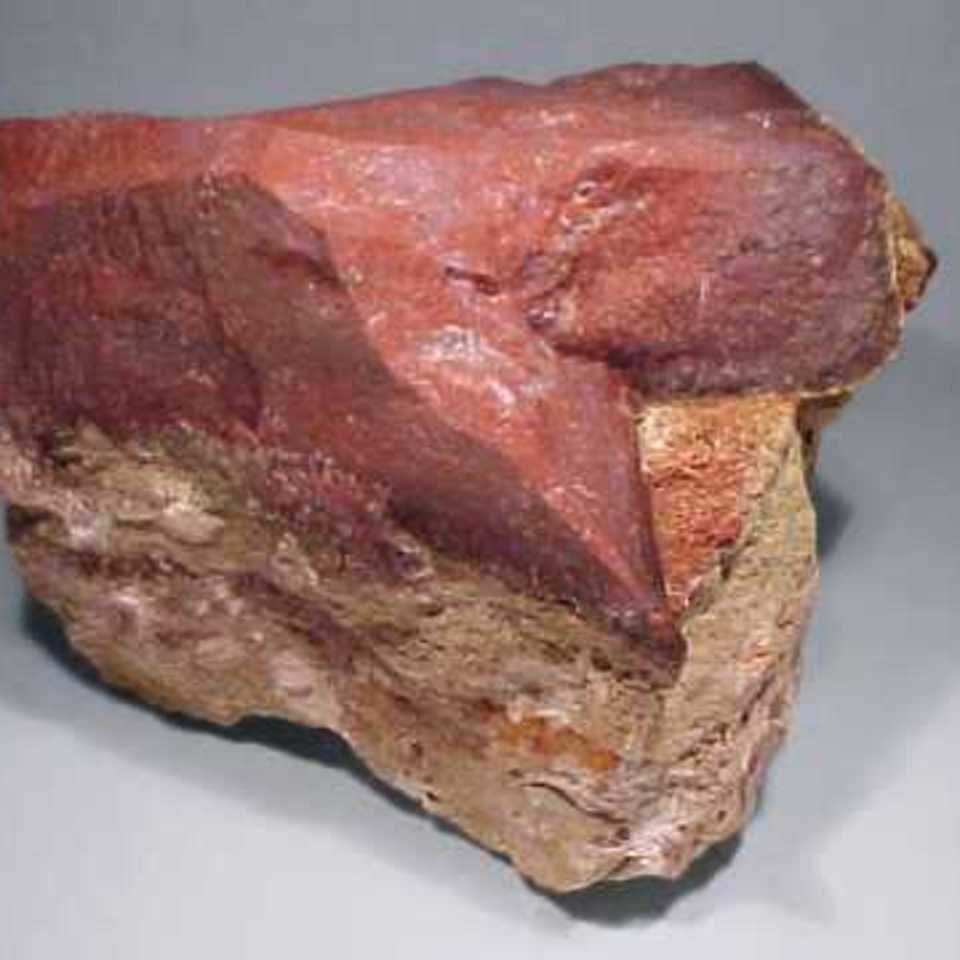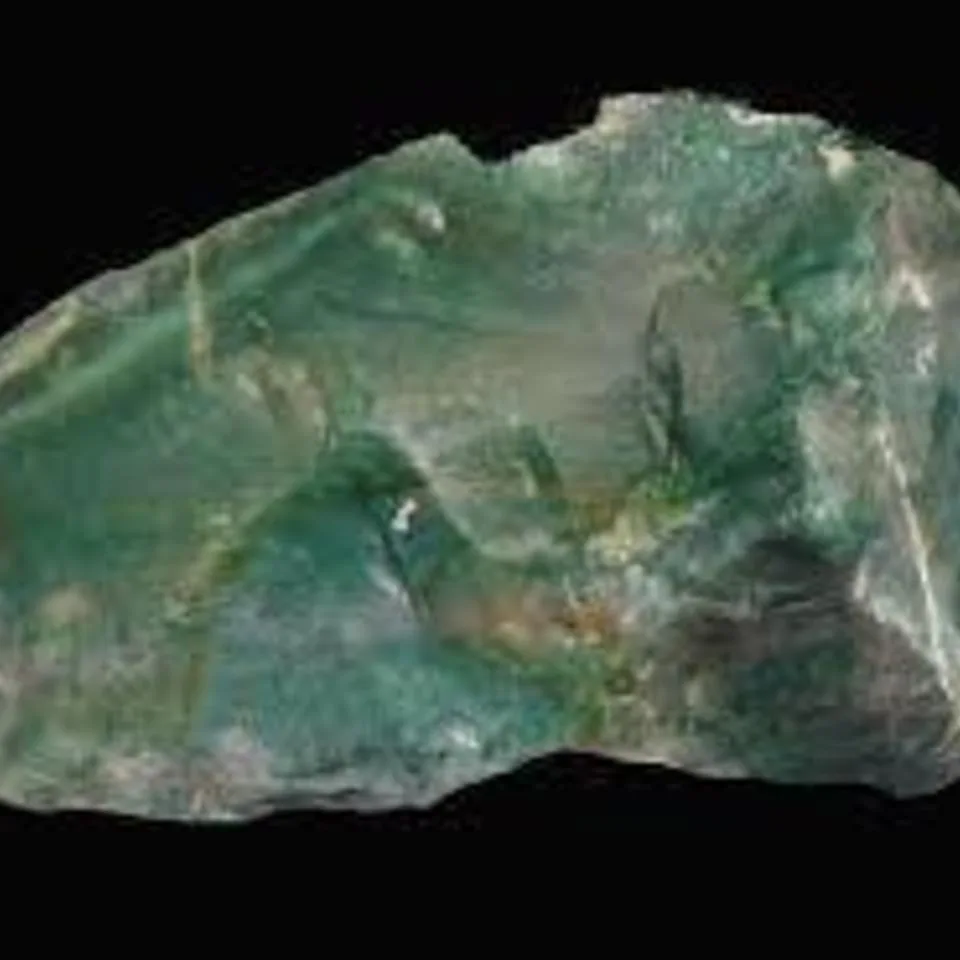Jasper
Jasper is an opaque rock of virtually any color stemming from the mineral content of the original sediments or ash. Patterns arise during the consolidation process forming flow and depositional patterns in the original silica rich sediment or volcanic ash. Hydrothermal circulation is generally thought to be required in the formation of jasper.
Jasper can be modified by the diffusion of minerals along discontinuities providing the appearance of vegetative growth, i.e., dendritic. The original materials are often fractured and/or distorted, after deposition, into myriad beautiful patterns which are to be later filled with other colorful minerals. Weathering, with time, will create intensely colored superficial rinds.
The classification and naming of jasper varieties presents a challenge. Terms attributed to various well-defined materials includes the geographic locality where it is found, sometimes quite restricted such as “Bruneau” (a canyon) and “Lahontan” (a lake), rivers and even individual mountains, many are fanciful such as “forest fire” or “rainbow”, while others are descriptive such as “autumn” or “porcelain”. A few are designated by the place of origin such as a brown Egyptian or red African.
Picture jaspers exhibit combinations of patterns (such as banding from flow or depositional patterns (from water or wind), dendritic or color variations) resulting in what appear to be scenes or images, on a cut section. Diffusion from a center produces a distinctive orbicular appearance, i.e., leopard skin jasper, or linear banding from a fracture as seen in leisegang jasper. Healed, fragmented rock produces brecciated (broken) jasper. While these “picture jaspers” can be found all over the world, specific colors or patterns are unique based upon the geographic region from which they originate. Oregon’s biggs jasper and bruneau jasper from Bruneau Canyon near the Bruneau River in Idaho are known as particularly fine examples. Other examples can be seen at Llanddwyn Island in Wales.
The term basanite has occasionally been used to refer to a variety of jasper, a black flinty or cherty jasper found in several New England states of the USA. Such varieties of jasper are also learnrmally known as lydian stone or lydite and have been used as touchstones in testing the purity of precious metal alloys.
